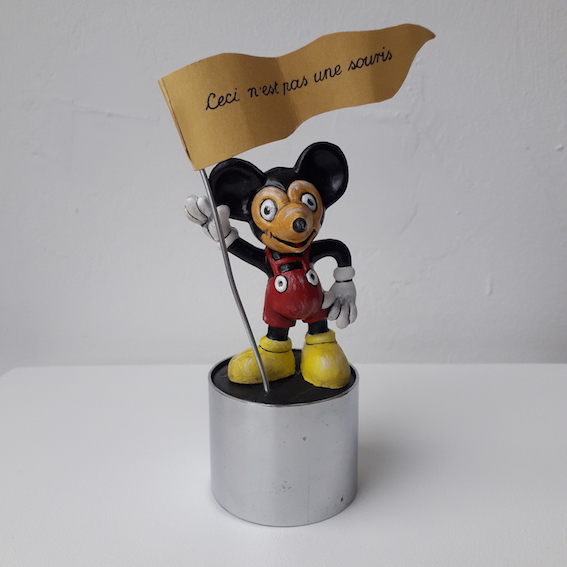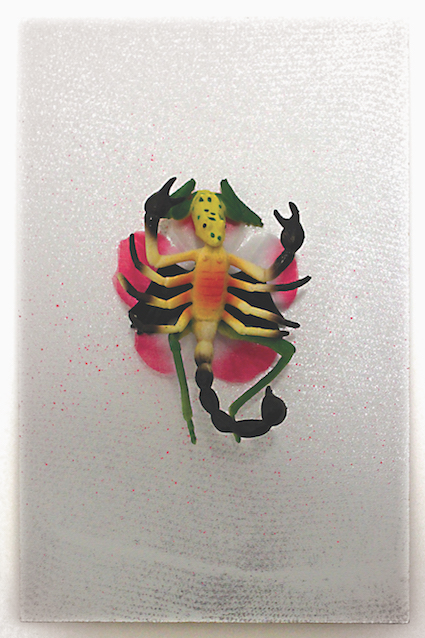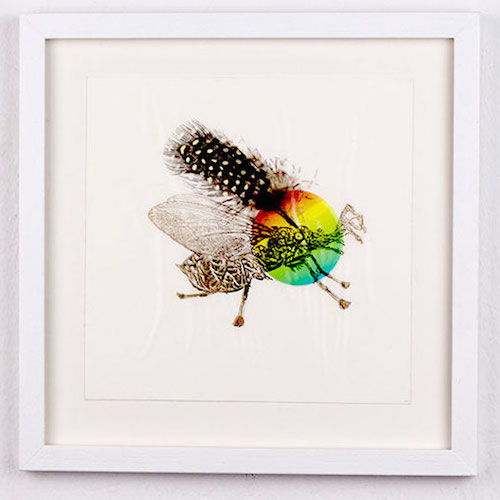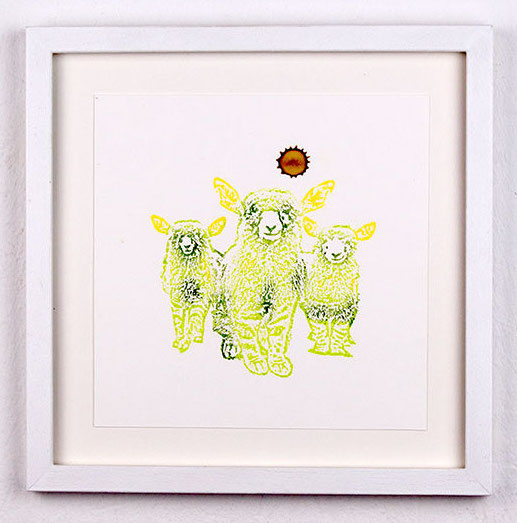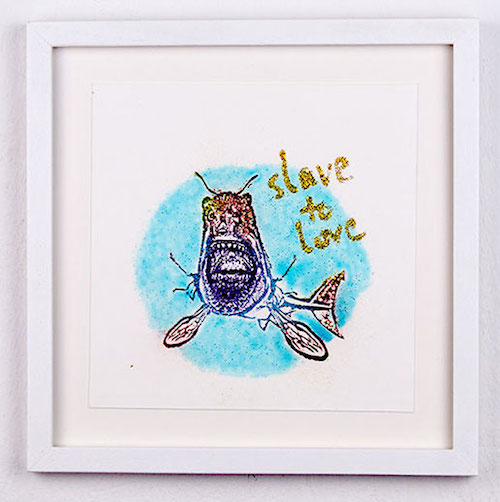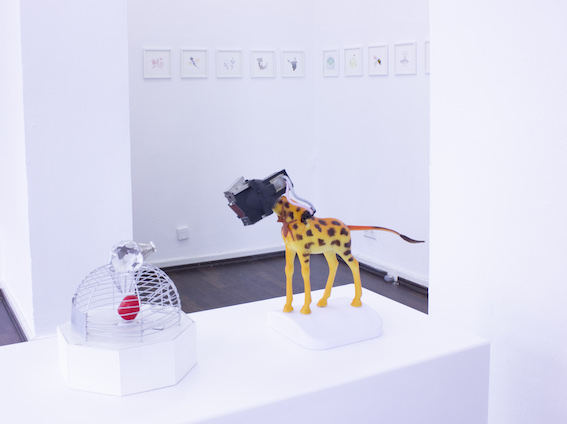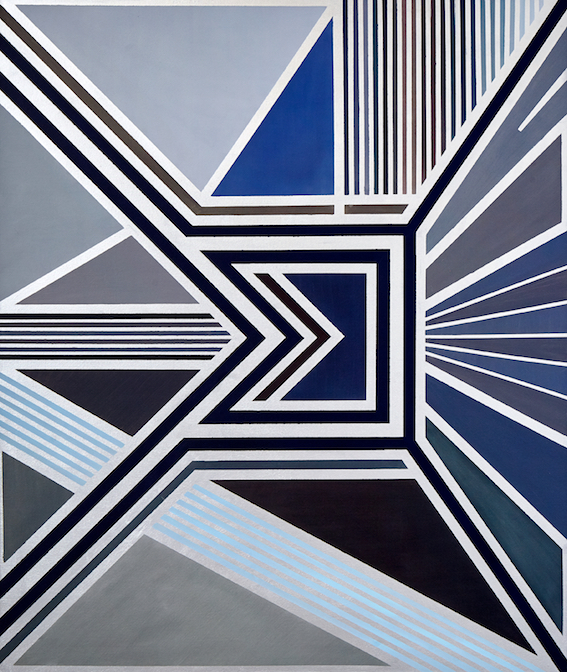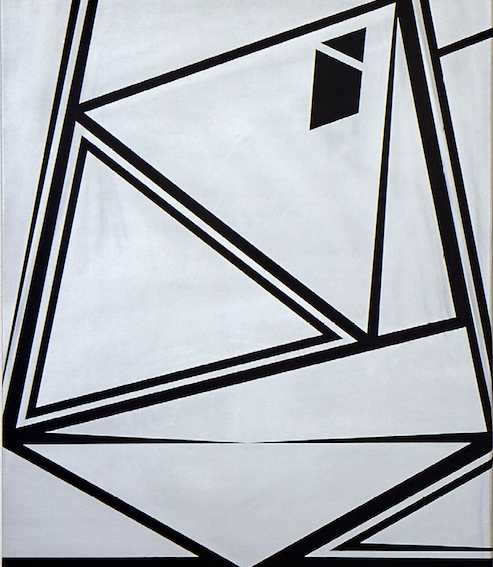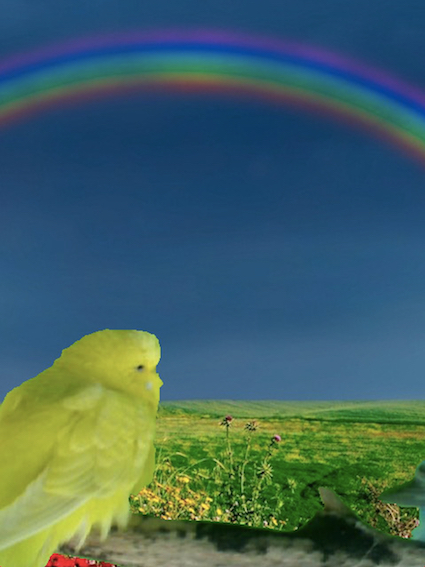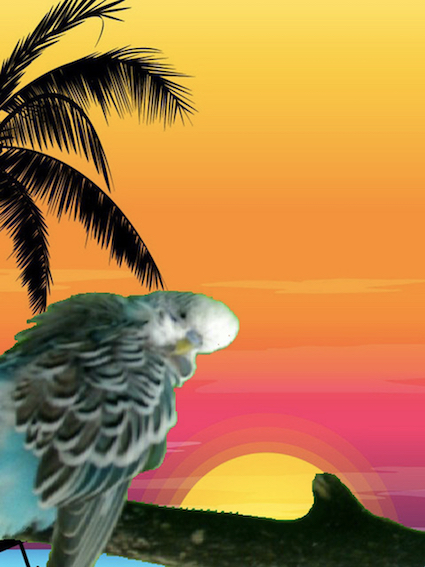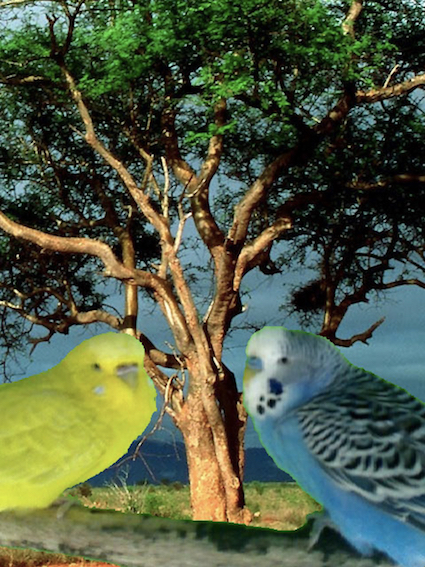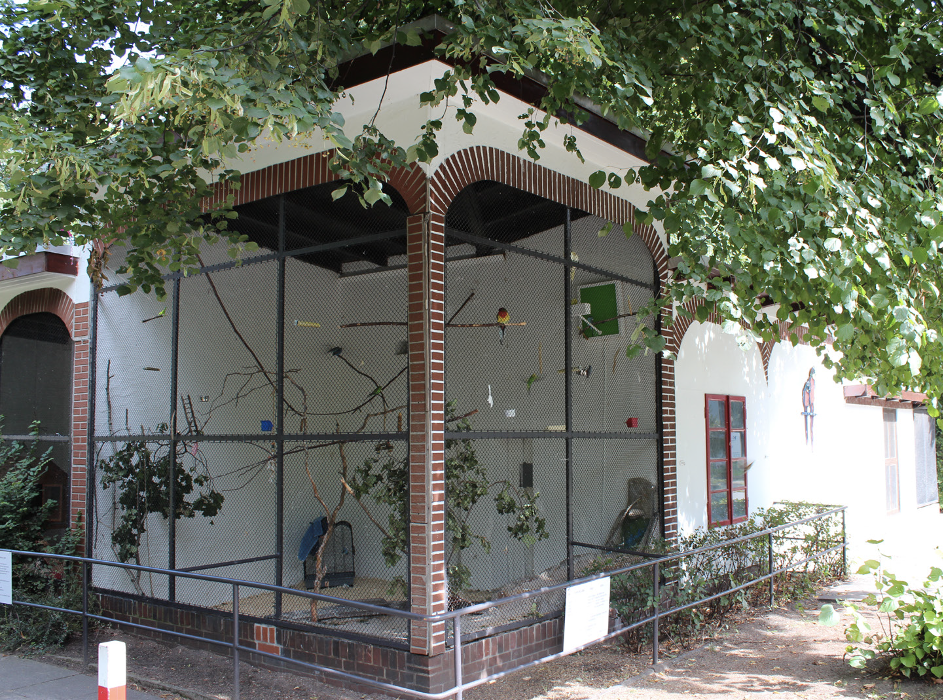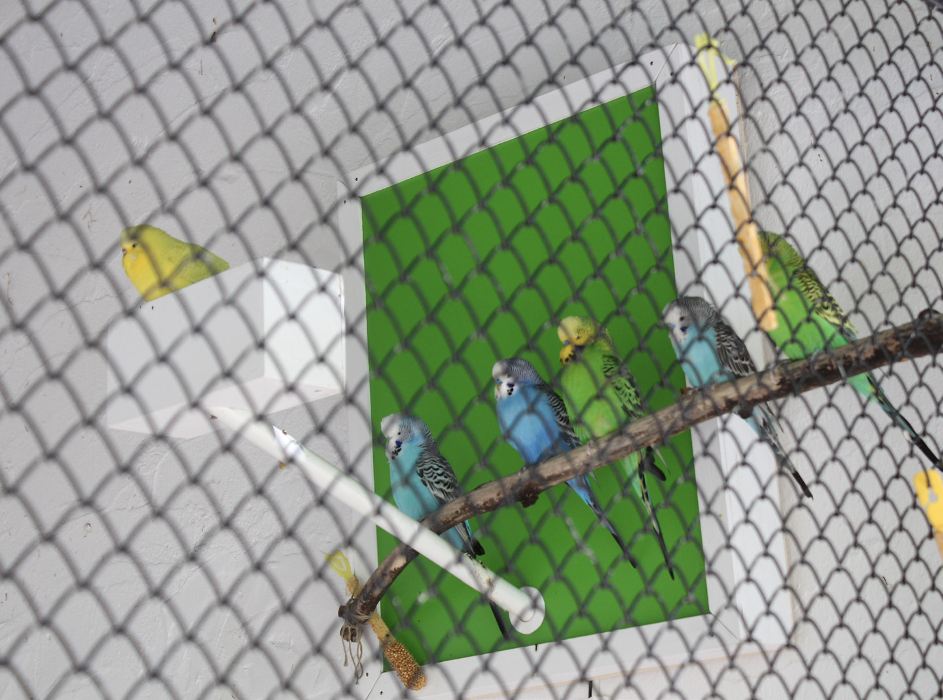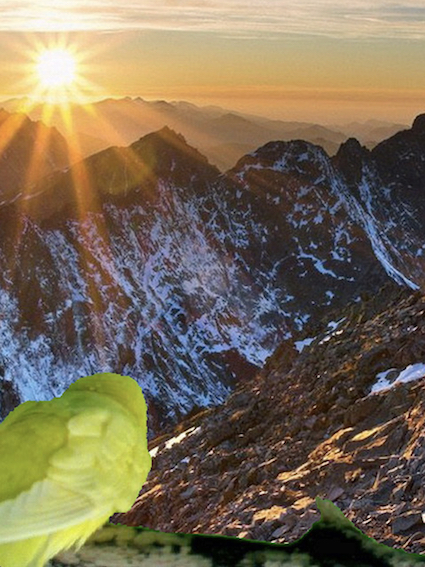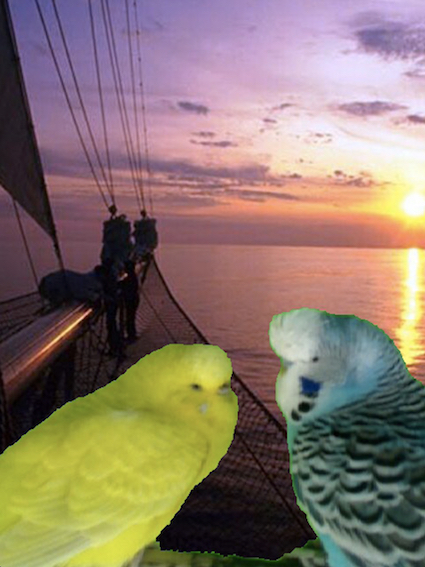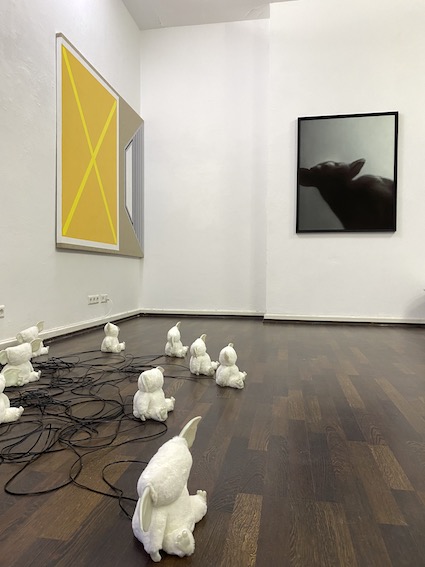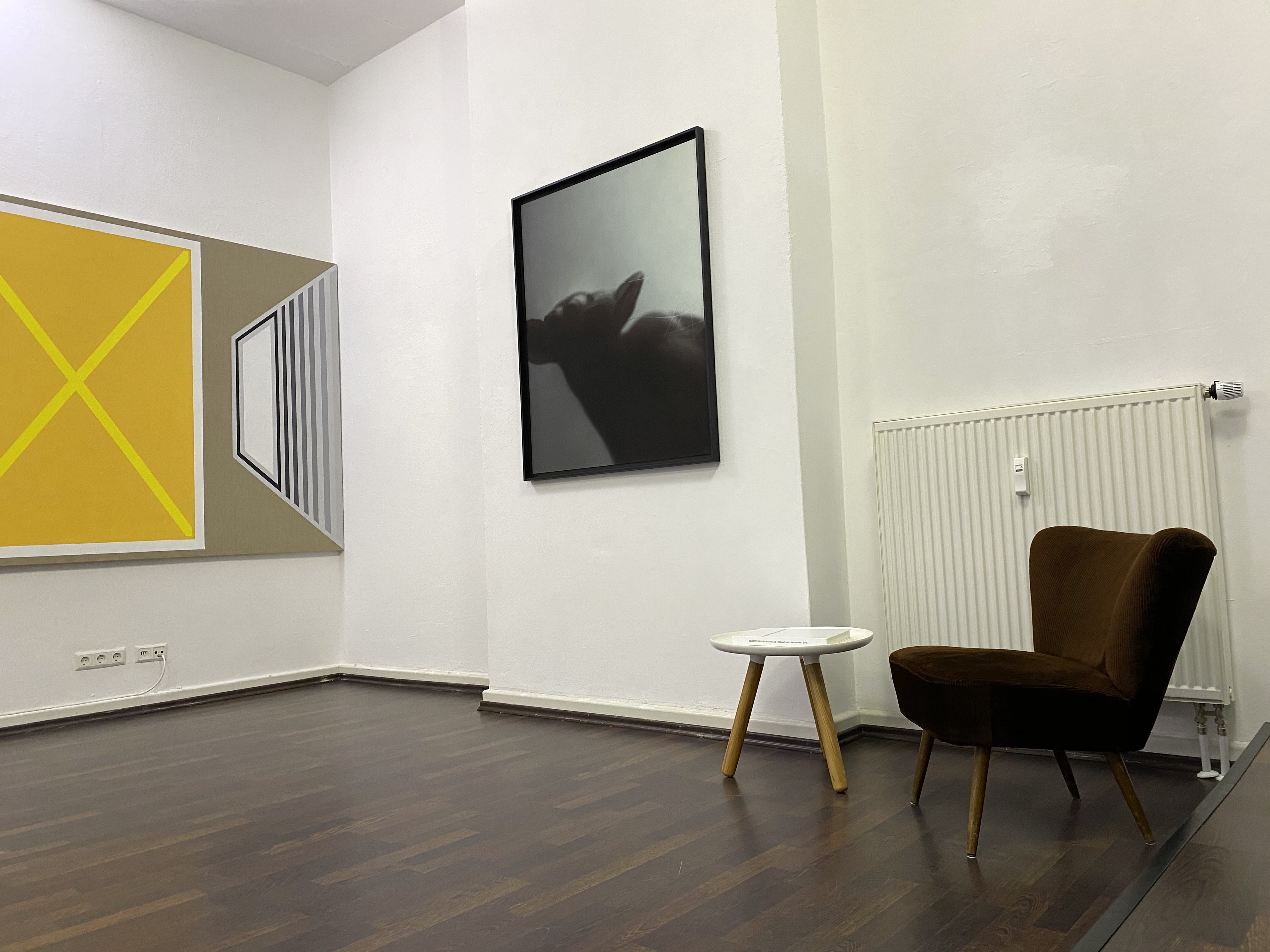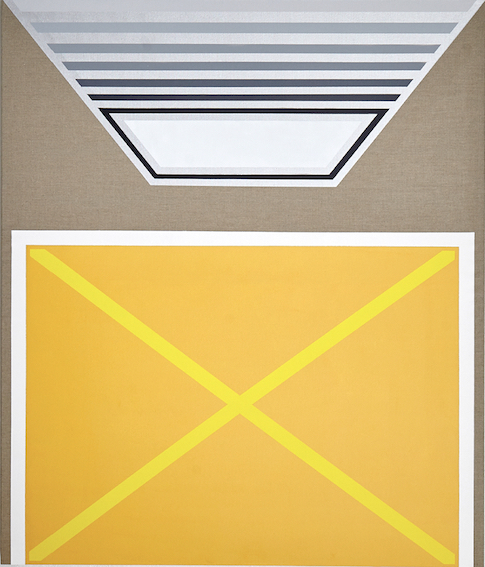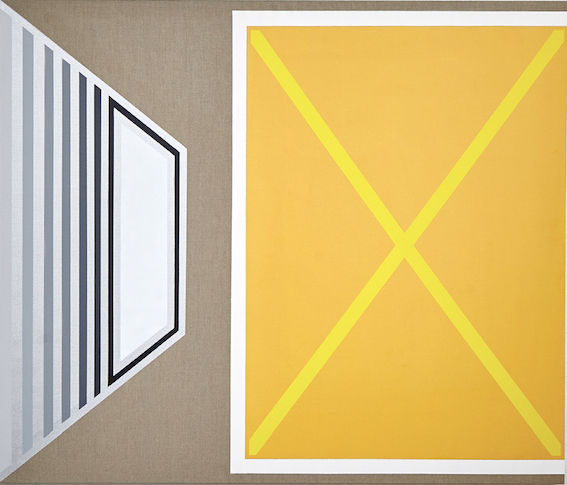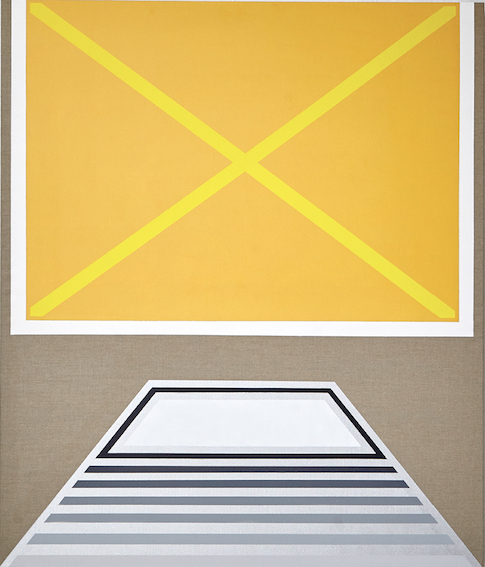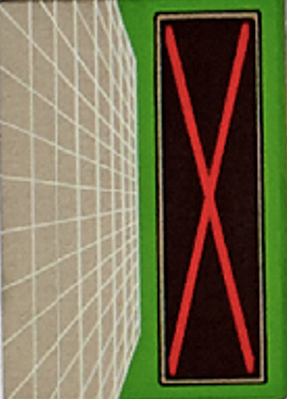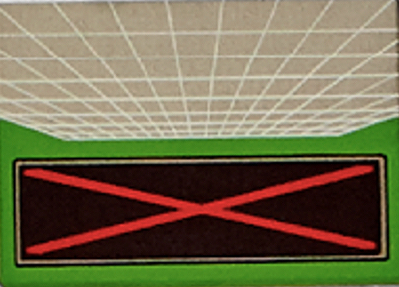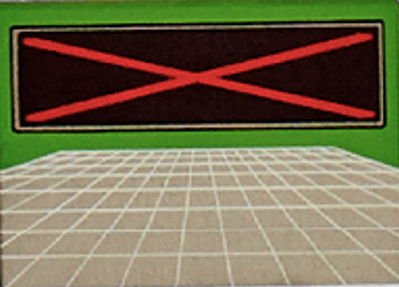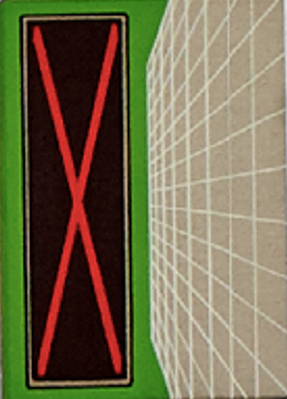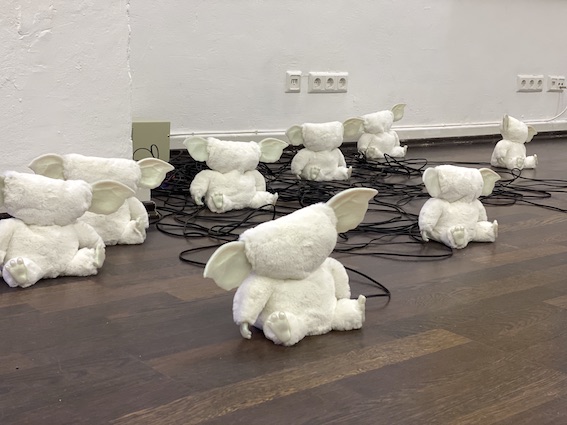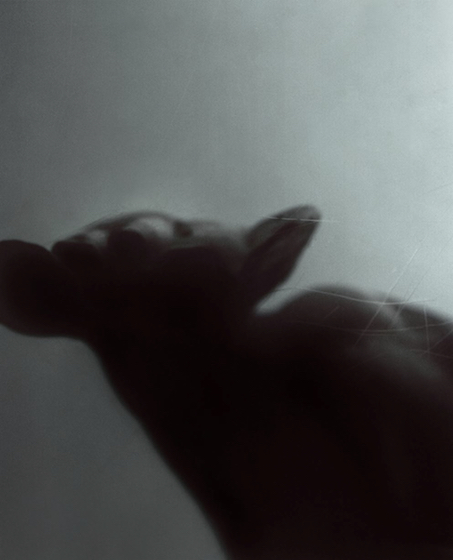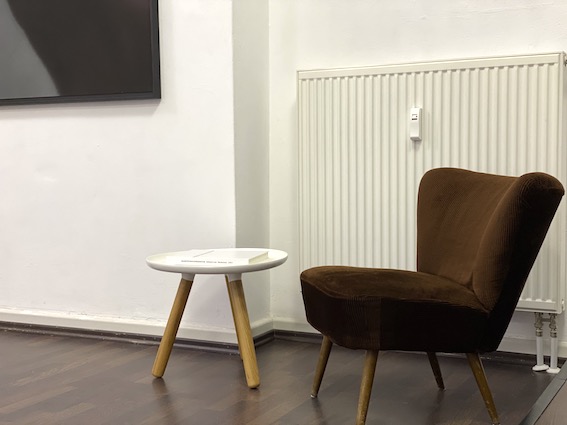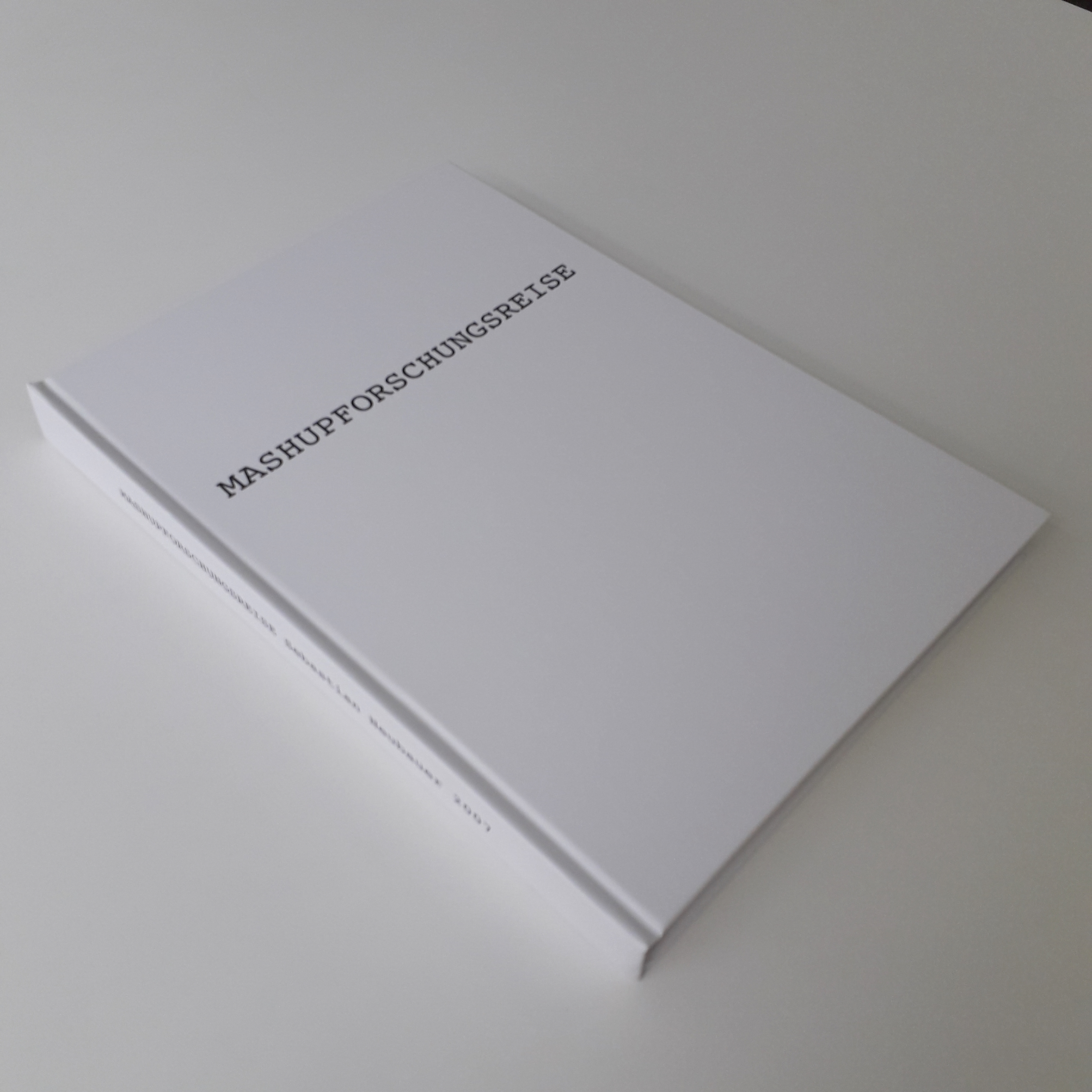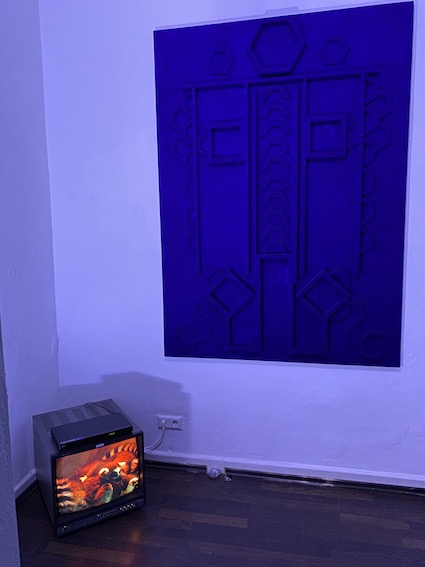[spb_text_block animation=“none“ animation_delay=“0″ simplified_controls=“yes“ custom_css_percentage=“no“ padding_vertical=“0″ padding_horizontal=“0″ margin_vertical=“0″ custom_css=“margin-top: 0px;margin-bottom: 0px;“ border_size=“0″ border_styling_global=“default“ width=“1/1″ el_position=“first last“]
STREAMER
feat.
Sebastian Neubauer, Daniel Vier & Svenja Wassill
February 20 2020 – extended until end of May
[/spb_text_block] [spb_blank_spacer height=“30px“ width=“1/1″ el_position=“first last“] [spb_text_block animation=“none“ animation_delay=“0″ simplified_controls=“yes“ custom_css_percentage=“no“ padding_vertical=“0″ padding_horizontal=“0″ margin_vertical=“0″ custom_css=“margin-top: 0px;margin-bottom: 0px;“ border_size=“0″ border_styling_global=“default“ width=“1/1″ el_position=“first last“]
Sebastian Neubauer, 1a tradition des images, 2020
[/spb_text_block] [spb_blank_spacer height=“30px“ width=“1/1″ el_position=“first last“] [spb_text_block animation=“none“ animation_delay=“0″ simplified_controls=“yes“ custom_css_percentage=“no“ padding_vertical=“0″ padding_horizontal=“0″ margin_vertical=“0″ custom_css=“margin-top: 0px;margin-bottom: 0px;“ border_size=“0″ border_styling_global=“default“ width=“1/1″ el_position=“first last“]
Ceci n’est pas une souris reads the flag Sebastian Neubauers Mickey Mouse waves to the viewer regarding it through the gallery’s window. It is toying with the famous „Ceci n’est pas une pipe“ from Magritte’s „La trahison des images“ (for a view of Magritte’s painting please click here).
But is it really a Mickey Mouse? Its form seems strange to the eye: Somehow elongated, less cute and round than the Disney original one is used to. But the strange features were not introduced by Sebastian Neubauer, they are part of the „Mickey Mouse“ as it was produced in the GDR and is still on offer on ebay: With its different colouring, sometimes blue, white, green, grey or brown bodies, the form of the GDR mouse was not the first thing to struck the eye. Sebastian Neubauer painted the mouses in the colours known from the Disney mouse, with the strange effect that the unfamiliar form becomes even more obvious.
It is not a smile (personally it reminds me of the Calvin and Hobbes comic strip „That was a smile! I smiled!“ by Bill Watterson…), it is not a pipe and it certainly is not a Mickey Mouse. What is true, what isn’t? A question that was posed before as Magritte’s contribution to the discussion proofs – a depiction of a pipe will not meet the smoker’s demands as a real pipe does.
But with today’s impact of fake news to pose the question is all the more urgent. Tools today can replace faces in video chats. To take part in a video chat disguised as Elon Musk – not a problem. At least not for the one deciding to do so. The problem might seem different to Elon Musk, whose personality rights are violated, and it might seem different to the other participants in the chat, too.
And which tradition of images might the Mickey Mouse refer to, uncovering? Disrupting? Is it the one of the image of Mickey, the one of how East and West were handling each others cultural symbols and traditions during the Cold War and after? The one of Magritte’s painting? Of appropriation art? „1a tradition des images“ touches reflection on art on so many levels while at the same time laying bare the consequences of the inner German division and the problem of the fake that is so crucial today.
[/spb_text_block] [spb_blank_spacer height=“30px“ width=“1/1″ el_position=“first last“] [spb_text_block animation=“none“ animation_delay=“0″ simplified_controls=“yes“ custom_css_percentage=“no“ padding_vertical=“0″ padding_horizontal=“0″ margin_vertical=“0″ custom_css=“margin-top: 0px;margin-bottom: 0px;“ border_size=“0″ border_styling_global=“default“ width=“1/1″ el_position=“first last“]
Sebastian Neubauer, Chimora (Bruna), 2019
[/spb_text_block] [spb_blank_spacer height=“30px“ width=“1/1″ el_position=“first last“] [spb_text_block animation=“none“ animation_delay=“0″ simplified_controls=“yes“ custom_css_percentage=“no“ padding_vertical=“0″ padding_horizontal=“0″ margin_vertical=“0″ custom_css=“margin-top: 0px;margin-bottom: 0px;“ border_size=“0″ border_styling_global=“default“ width=“1/1″ el_position=“first last“]
Today’s post is about one of Sebastian Neubauer’s chimeras. The idea originates from a creature described in Greek mythology as consisting of a composite of lion, goat and snake. Breathing fire it is a monstrous being and danger to men and beast.
Neubauer assembles a frog, a scorpion, a grasshopper and black wings in his Chimora (bruna) on top of a pink flower decorating a glittery base. But the assembly is no peaceful one. Are the grasshopper’s legs part of the scropion? Or does the scorpion control the other creatures?
The frog in any case and in opposition to the usual depiction of a chimera does not seem to be part of the creature’s body. Instead, he attacs the scorpion’s head that he seems to decapitate. In the tale of the frog and the scorpion, the scorpion takes on the aggressor’s role while the frog is the victim poisoned by the scorpion he so friendly offered to transport to the other side. Neubauer apparently switched roles of perpetrator and victim.
[/spb_text_block] [spb_blank_spacer height=“30px“ width=“1/1″ el_position=“first last“] [spb_text_block animation=“none“ animation_delay=“0″ simplified_controls=“yes“ custom_css_percentage=“no“ padding_vertical=“0″ padding_horizontal=“0″ margin_vertical=“0″ custom_css=“margin-top: 0px;margin-bottom: 0px;“ border_size=“0″ border_styling_global=“default“ width=“1/4″ el_position=“first“]
Sebastian Neubauer, Chimäre, Grafik, 2013
[/spb_text_block] [spb_text_block animation=“none“ animation_delay=“0″ simplified_controls=“yes“ custom_css_percentage=“no“ padding_vertical=“0″ padding_horizontal=“0″ margin_vertical=“0″ custom_css=“margin-top: 0px;margin-bottom: 0px;“ border_size=“0″ border_styling_global=“default“ width=“1/4″]
Sebastian Neubauer, Chimäre, Grafik, 2013
[/spb_text_block] [spb_text_block animation=“none“ animation_delay=“0″ simplified_controls=“yes“ custom_css_percentage=“no“ padding_vertical=“0″ padding_horizontal=“0″ margin_vertical=“0″ custom_css=“margin-top: 0px;margin-bottom: 0px;“ border_size=“0″ border_styling_global=“default“ width=“1/4″]
Sebastian Neubauer, Chimäre, Grafik, 2013
[/spb_text_block] [spb_text_block animation=“none“ animation_delay=“0″ simplified_controls=“yes“ custom_css_percentage=“no“ padding_vertical=“0″ padding_horizontal=“0″ margin_vertical=“0″ custom_css=“margin-top: 0px;margin-bottom: 0px;“ border_size=“0″ border_styling_global=“default“ width=“1/4″ el_position=“last“]
Sebastian Neubauer, Chimäre, Grafik, 2013
[/spb_text_block] [spb_blank_spacer height=“30px“ width=“1/1″ el_position=“first last“] [spb_text_block animation=“none“ animation_delay=“0″ simplified_controls=“yes“ custom_css_percentage=“no“ padding_vertical=“0″ padding_horizontal=“0″ margin_vertical=“0″ custom_css=“margin-top: 0px;margin-bottom: 0px;“ border_size=“0″ border_styling_global=“default“ width=“1/1″ el_position=“first last“]
As early as 2013 Sebastian Neubauer had worked on a print series of chimeras, some of which in collaboration with Gunter Gräfe. They were on show in his solo exhibition at galerie postel in 2015 and amongst others show sheep with lion’s paws and hares with zu sehen und zeigen u.a. Schafe mit Löwenpranken und Hasen with a wood louse’s extremities. Silver thread, glitter varnish and feathers are just some of the materials Neubauer carefully applies to the manually individualised prints.
In 2018 Neubauer for the first time introduced chimeras as objects to the exhibition „DER BILDUNG“: phototechnical equipment crowned a giraf’s body and a small red heart timidly throbbed in a mouse trap. (In the back of the photo taken in the exhibition the chimera print series shown them. They are not part of today’s exhibition, but the digital presentation in this case allows for an extension of the exhibition space).
Chimora (Bruna) stems from the same mindset. In its glittery pinkishness a monstrosity shines through. Probably even more than in any other of Neubauer’s chimeras that hitherto did contain dangerous or gruesome elements. But these manifested themselves only at a closer look. Elsewise Chimora (Bruna) – is any of the elements the creature consists of really harmless? We turn away in horror…
[/spb_text_block] [spb_blank_spacer height=“30px“ width=“1/1″ el_position=“first last“] [spb_text_block animation=“none“ animation_delay=“0″ simplified_controls=“yes“ custom_css_percentage=“no“ padding_vertical=“0″ padding_horizontal=“0″ margin_vertical=“0″ custom_css=“margin-top: 0px;margin-bottom: 0px;“ border_size=“0″ border_styling_global=“default“ width=“1/1″ el_position=“first last“]
Ausstellungsansicht „DER BILDUNG“, galerie postel, 2018
[/spb_text_block] [spb_blank_spacer height=“30px“ width=“1/1″ el_position=“first last“] [spb_divider type=“standard“ text=“Go to top“ top_margin=“0px“ bottom_margin=“30px“ fullwidth=“no“ width=“1/1″ el_position=“first last“] [spb_blank_spacer height=“30px“ width=“1/1″ el_position=“first last“] [spb_text_block animation=“none“ animation_delay=“0″ simplified_controls=“yes“ custom_css_percentage=“no“ padding_vertical=“0″ padding_horizontal=“0″ margin_vertical=“0″ custom_css=“margin-top: 0px;margin-bottom: 0px;“ border_size=“0″ border_styling_global=“default“ width=“1/2″ el_position=“first“]
Daniel Vier, Diamont, 2017
[/spb_text_block] [spb_text_block animation=“none“ animation_delay=“0″ simplified_controls=“yes“ custom_css_percentage=“no“ padding_vertical=“0″ padding_horizontal=“0″ margin_vertical=“0″ custom_css=“margin-top: 0px;margin-bottom: 0px;“ border_size=“0″ border_styling_global=“default“ width=“1/2″ el_position=“last“]
Daniel Vier, Distrikt, 2017
[/spb_text_block] [spb_blank_spacer height=“30px“ width=“1/1″ el_position=“first last“] [spb_text_block animation=“none“ animation_delay=“0″ simplified_controls=“yes“ custom_css_percentage=“no“ padding_vertical=“0″ padding_horizontal=“0″ margin_vertical=“0″ custom_css=“margin-top: 0px;margin-bottom: 0px;“ border_size=“0″ border_styling_global=“default“ width=“1/1″ el_position=“first last“]
The works „Diamont“ und „Distrikt“, both 2017 by Daniel Vier, are hanging on top of each other in the current exhibition. With the same measurements (130 x 110 cm) and painted with the same materials – silver laquer and acrylics – they are obviously related and shall be introduced together on the website.
Like „Place of No Pity“, that was described in an earlier post, they both like to toy with perspective. With its signet-like character Diamont is only seemingly easier so solve than the work „Distrikt“ that leads the observer into an Escher-like labyrinth confusing top and bottom.
The signet-character of the arrow dominating the Diamont-painting adds to an impression of unambiguous two-dimensionality, while at the same time pointing at a number of lines apparently leading the observer’s gaze into a central perspective with an imaginary focus point. But following the different lines into the images center, it soon becomes obvious, that each line follows its own perspective, some even interrupted half-way.
Is the gaze led into the image like we are used to from the idea of a central perspective? Or does it remain on the surface stressed by the signet-like style of the arrow? The material chosen for the painting continues the charade: While matte acryl paint leads the observer’s gaze into the paintings depths, the reflection of the silver lacquer blocks it, closing up the surface to anyone interested in entering the central perspective…
[/spb_text_block] [spb_blank_spacer height=“30px“ width=“1/1″ el_position=“first last“] [spb_divider type=“standard“ text=“Go to top“ top_margin=“0px“ bottom_margin=“30px“ fullwidth=“no“ width=“1/1″ el_position=“first last“] [spb_blank_spacer height=“30px“ width=“1/1″ el_position=“first last“] [spb_text_block animation=“none“ animation_delay=“0″ simplified_controls=“yes“ custom_css_percentage=“no“ padding_vertical=“0″ padding_horizontal=“0″ margin_vertical=“0″ custom_css=“margin-top: 0px;margin-bottom: 0px;“ border_size=“0″ border_styling_global=“default“ width=“1/1″ el_position=“first last“]
Sebastian Neubauer, twitter project „longing birds“, 2012
Installation at galerie postel, STREAMER, 2020
[/spb_text_block] [spb_blank_spacer height=“30px“ width=“1/1″ el_position=“first last“] [spb_text_block animation=“none“ animation_delay=“0″ simplified_controls=“yes“ custom_css_percentage=“no“ padding_vertical=“0″ padding_horizontal=“0″ margin_vertical=“0″ custom_css=“margin-top: 0px;margin-bottom: 0px;“ border_size=“0″ border_styling_global=“default“ width=“1/1″ el_position=“first last“]
To introduce the longing birds project online is just another absurdity of the current online situation as at the gallery a QR Code constitutes part of the installations charm. It connects the offline gallery space to the online world just as the budgies connected to the big wide world via the internet.
[/spb_text_block] [spb_blank_spacer height=“30px“ width=“1/1″ el_position=“first last“] [spb_text_block animation=“none“ animation_delay=“0″ simplified_controls=“yes“ custom_css_percentage=“no“ padding_vertical=“0″ padding_horizontal=“0″ margin_vertical=“0″ custom_css=“margin-top: 0px;margin-bottom: 0px;“ border_size=“0″ border_styling_global=“default“ width=“1/4″ el_position=“first“]
[/spb_text_block] [spb_text_block animation=“none“ animation_delay=“0″ simplified_controls=“yes“ custom_css_percentage=“no“ padding_vertical=“0″ padding_horizontal=“0″ margin_vertical=“0″ custom_css=“margin-top: 0px;margin-bottom: 0px;“ border_size=“0″ border_styling_global=“default“ width=“1/4″]
[/spb_text_block] [spb_text_block animation=“none“ animation_delay=“0″ simplified_controls=“yes“ custom_css_percentage=“no“ padding_vertical=“0″ padding_horizontal=“0″ margin_vertical=“0″ custom_css=“margin-top: 0px;margin-bottom: 0px;“ border_size=“0″ border_styling_global=“default“ width=“1/4″]
[/spb_text_block] [spb_text_block animation=“none“ animation_delay=“0″ simplified_controls=“yes“ custom_css_percentage=“no“ padding_vertical=“0″ padding_horizontal=“0″ margin_vertical=“0″ custom_css=“margin-top: 0px;margin-bottom: 0px;“ border_size=“0″ border_styling_global=“default“ width=“1/4″ el_position=“last“]
[/spb_text_block] [spb_blank_spacer height=“30px“ width=“1/1″ el_position=“first last“] [spb_text_block animation=“none“ animation_delay=“0″ simplified_controls=“yes“ custom_css_percentage=“no“ padding_vertical=“0″ padding_horizontal=“0″ margin_vertical=“0″ custom_css=“margin-top: 0px;margin-bottom: 0px;“ border_size=“0″ border_styling_global=“default“ width=“1/1″ el_position=“first last“]
And furthermore introducing the longing birds project today under the current situation reveals the way an observer’s interpretation of a work of art can vary, depending on his personal circumstances.
When I (Claudia Postel – the author) came across this project for the first time, I was intrigued by this ironic comment on our daily use of Social Media: With a group of birds spending their days in an aviary in Hannover Langenhagen – at a far distance to any of the places the background of the pictures evoke, and never able to travel to any of them.
[/spb_text_block] [spb_blank_spacer height=“30px“ width=“1/1″ el_position=“first last“] [spb_text_block animation=“none“ animation_delay=“0″ simplified_controls=“yes“ custom_css_percentage=“no“ padding_vertical=“0″ padding_horizontal=“0″ margin_vertical=“0″ custom_css=“margin-top: 0px;margin-bottom: 0px;“ border_size=“0″ border_styling_global=“default“ width=“1/2″ el_position=“first“]
[/spb_text_block] [spb_text_block animation=“none“ animation_delay=“0″ simplified_controls=“yes“ custom_css_percentage=“no“ padding_vertical=“0″ padding_horizontal=“0″ margin_vertical=“0″ custom_css=“margin-top: 0px;margin-bottom: 0px;“ border_size=“0″ border_styling_global=“default“ width=“1/2″ el_position=“last“]
[/spb_text_block] [spb_blank_spacer height=“30px“ width=“1/1″ el_position=“first last“] [spb_text_block animation=“none“ animation_delay=“0″ simplified_controls=“yes“ custom_css_percentage=“no“ padding_vertical=“0″ padding_horizontal=“0″ margin_vertical=“0″ custom_css=“margin-top: 0px;margin-bottom: 0px;“ border_size=“0″ border_styling_global=“default“ width=“1/1″ el_position=“first last“]
The beautiful images are „fake“: A camera operating with motion detector installed in front of a greenscreen reacts to the movements of the birds in front of its lens. An algorithm generates images from an Australian version of Google for the greenscreen-backdrop, all connected to search keywords like „mountains“, „beach“ etc., and twitters the results.
But are these images any less true than today’s carefully enhanced selfies posted from so many places only visited for their selfie spots?
[/spb_text_block] [spb_blank_spacer height=“30px“ width=“1/1″ el_position=“first last“] [spb_text_block animation=“none“ animation_delay=“0″ simplified_controls=“yes“ custom_css_percentage=“no“ padding_vertical=“0″ padding_horizontal=“0″ margin_vertical=“0″ custom_css=“margin-top: 0px;margin-bottom: 0px;“ border_size=“0″ border_styling_global=“default“ width=“1/4″ el_position=“first“]
[/spb_text_block] [spb_text_block animation=“none“ animation_delay=“0″ simplified_controls=“yes“ custom_css_percentage=“no“ padding_vertical=“0″ padding_horizontal=“0″ margin_vertical=“0″ custom_css=“margin-top: 0px;margin-bottom: 0px;“ border_size=“0″ border_styling_global=“default“ width=“1/4″]
[/spb_text_block] [spb_text_block animation=“none“ animation_delay=“0″ simplified_controls=“yes“ custom_css_percentage=“no“ padding_vertical=“0″ padding_horizontal=“0″ margin_vertical=“0″ custom_css=“margin-top: 0px;margin-bottom: 0px;“ border_size=“0″ border_styling_global=“default“ width=“1/4″]
[/spb_text_block] [spb_text_block animation=“none“ animation_delay=“0″ simplified_controls=“yes“ custom_css_percentage=“no“ padding_vertical=“0″ padding_horizontal=“0″ margin_vertical=“0″ custom_css=“margin-top: 0px;margin-bottom: 0px;“ border_size=“0″ border_styling_global=“default“ width=“1/4″ el_position=“last“]
[/spb_text_block] [spb_blank_spacer height=“30px“ width=“1/1″ el_position=“first last“] [spb_text_block animation=“none“ animation_delay=“0″ simplified_controls=“yes“ custom_css_percentage=“no“ padding_vertical=“0″ padding_horizontal=“0″ margin_vertical=“0″ custom_css=“margin-top: 0px;margin-bottom: 0px;“ border_size=“0″ border_styling_global=“default“ width=“1/1″ el_position=“first last“]
Today, 5 April 2020, finds us all reduced in our freedom of movement due to the current situation. We all would need a greenscreen to portray us at beaches in the South Seas or mountains. And suddenly another aspect of the work becomes more apparent: Dream destinations, the idea of the perfect moment that is worth sharing with the rest of the world.
The longing birds have stopped twittering, but their posts can still be seen on https://twitter.com/longingbirds . The images from the series selected for the exhibition can be seen at the top of this post. They have been digitally printed in an edition of 3+1, but any of the 2428 images twittered can be acquired under the same condition. (Please don’t hesitate to contact us!)
[/spb_text_block] [spb_blank_spacer height=“30px“ width=“1/1″ el_position=“first last“] [spb_divider type=“standard“ text=“Go to top“ top_margin=“0px“ bottom_margin=“30px“ fullwidth=“no“ width=“1/1″ el_position=“first last“] [spb_blank_spacer height=“30px“ width=“1/1″ el_position=“first last“] [spb_text_block animation=“none“ animation_delay=“0″ simplified_controls=“yes“ custom_css_percentage=“no“ padding_vertical=“0″ padding_horizontal=“0″ margin_vertical=“0″ custom_css=“margin-top: 0px;margin-bottom: 0px;“ border_size=“0″ border_styling_global=“default“ width=“1/3″ el_position=“first“]
A view of the STREAMER exhibtion at galerie postel 2020: Svenja Wassill, Superlove, 2019 // Daniel Vier, Place of No Pity, 2017 // Svenja Wassill, hi, 2018
[/spb_text_block] [spb_text_block animation=“none“ animation_delay=“0″ simplified_controls=“yes“ custom_css_percentage=“no“ padding_vertical=“0″ padding_horizontal=“0″ margin_vertical=“0″ custom_css=“margin-top: 0px;margin-bottom: 0px;“ border_size=“0″ border_styling_global=“default“ width=“2/3″ el_position=“last“]
The same situation from another perspective: Daniel Vier, Svenja Wassill, Sebastian Neubauer at galerie postel 2020
[/spb_text_block] [spb_blank_spacer height=“30px“ width=“1/1″ el_position=“first last“] [spb_text_block animation=“none“ animation_delay=“0″ simplified_controls=“yes“ custom_css_percentage=“no“ padding_vertical=“0″ padding_horizontal=“0″ margin_vertical=“0″ custom_css=“margin-top: 0px;margin-bottom: 0px;“ border_size=“0″ border_styling_global=“default“ width=“1/1″ el_position=“first last“]
Having already written about the works by Svenja Wassill and Sebastian Neubauer that can be seen on the photos – and through the main gallery window – we have yet missed out on Daniel Vier’s painting „Place of No Pity“ that so prominently faces the gallery window in the corner of the main wall.
[/spb_text_block] [spb_blank_spacer height=“30px“ width=“1/1″ el_position=“first last“] [spb_text_block animation=“none“ animation_delay=“0″ simplified_controls=“yes“ custom_css_percentage=“no“ padding_vertical=“0″ padding_horizontal=“0″ margin_vertical=“0″ custom_css=“margin-top: 0px;margin-bottom: 0px;“ border_size=“0″ border_styling_global=“default“ width=“1/1″ el_position=“first last“]
Daniel Vier, Place of no Pity, 2017
[/spb_text_block] [spb_blank_spacer height=“30px“ width=“1/1″ el_position=“first last“] [spb_text_block animation=“none“ animation_delay=“0″ simplified_controls=“yes“ custom_css_percentage=“no“ padding_vertical=“0″ padding_horizontal=“0″ margin_vertical=“0″ custom_css=“margin-top: 0px;margin-bottom: 0px;“ border_size=“0″ border_styling_global=“default“ width=“1/1″ el_position=“first last“]
The corner situation has been chosen on purpose. Together with the inverted perspective of the painting that starts with light whitish grey slowly intensifying into darker tones towards the pictures‘ center, it comments on the architectural situation with the white wall adjacent to the painting’s edge being the logical sequel to the ever lighter white of the stripes, thereby prolonging the wall into the painted space and vice versa.
The artist’s comment on space is especially adjusted to the gallery’s situation: During the hanging of the exhibition Daniel Vier had tried several variations of installing the painting. Thereby he demonstrated that telling the playful employment of perspectives that is so characteristic for his painting was also applicable to his way of hanging the painting.
For a short time he placet the painting in a corner just beneath the ceiling, chosing next to turn it 90 degrees to display it upright. Vertical or horizontal, beneath the cealing, adjacent to a corner or in the center of a wall, all is possible, to different effect. We have uploaded different versions of the painting’s orientation, for better effect to get the full impact of the changing perspectives, please click at the paintings to enlarge them to full screen format:
[/spb_text_block] [spb_blank_spacer height=“30px“ width=“1/1″ el_position=“first last“] [spb_text_block animation=“none“ animation_delay=“0″ simplified_controls=“yes“ custom_css_percentage=“no“ padding_vertical=“0″ padding_horizontal=“0″ margin_vertical=“0″ custom_css=“margin-top: 0px;margin-bottom: 0px;“ border_size=“0″ border_styling_global=“default“ width=“1/3″ el_position=“first“]
[/spb_text_block] [spb_text_block animation=“none“ animation_delay=“0″ simplified_controls=“yes“ custom_css_percentage=“no“ padding_vertical=“0″ padding_horizontal=“0″ margin_vertical=“0″ custom_css=“margin-top: 0px;margin-bottom: 0px;“ border_size=“0″ border_styling_global=“default“ width=“1/3″]
[/spb_text_block] [spb_text_block animation=“none“ animation_delay=“0″ simplified_controls=“yes“ custom_css_percentage=“no“ padding_vertical=“0″ padding_horizontal=“0″ margin_vertical=“0″ custom_css=“margin-top: 0px;margin-bottom: 0px;“ border_size=“0″ border_styling_global=“default“ width=“1/3″ el_position=“last“]
[/spb_text_block] [spb_blank_spacer height=“30px“ width=“1/1″ el_position=“first last“] [spb_text_block animation=“none“ animation_delay=“0″ simplified_controls=“yes“ custom_css_percentage=“no“ padding_vertical=“0″ padding_horizontal=“0″ margin_vertical=“0″ custom_css=“margin-top: 0px;margin-bottom: 0px;“ border_size=“0″ border_styling_global=“default“ width=“1/1″ el_position=“first last“]
The same applies to a small format facing the above mentioned painting. „Nowhere“ is placed to a column next to the gallery entrance. And „Nowhere“ can be turnes upside down and to the sides and to the same effect, too. (Measuring only 30 x 25 cm in size it is far easier to handle than „Place of No Pity“ measuring 170 x 200 cm.) Below another sequence showing the digitial shift in perspective – the image to the right shows the current display at the gallery:
[/spb_text_block] [spb_blank_spacer height=“30px“ width=“1/1″ el_position=“first last“] [spb_text_block animation=“none“ animation_delay=“0″ simplified_controls=“yes“ custom_css_percentage=“no“ padding_vertical=“0″ padding_horizontal=“0″ margin_vertical=“0″ custom_css=“margin-top: 0px;margin-bottom: 0px;“ border_size=“0″ border_styling_global=“default“ width=“1/4″ el_position=“first“]
[/spb_text_block] [spb_text_block animation=“none“ animation_delay=“0″ simplified_controls=“yes“ custom_css_percentage=“no“ padding_vertical=“0″ padding_horizontal=“0″ margin_vertical=“0″ custom_css=“margin-top: 0px;margin-bottom: 0px;“ border_size=“0″ border_styling_global=“default“ width=“1/4″]
[/spb_text_block] [spb_text_block animation=“none“ animation_delay=“0″ simplified_controls=“yes“ custom_css_percentage=“no“ padding_vertical=“0″ padding_horizontal=“0″ margin_vertical=“0″ custom_css=“margin-top: 0px;margin-bottom: 0px;“ border_size=“0″ border_styling_global=“default“ width=“1/4″]
[/spb_text_block] [spb_text_block animation=“none“ animation_delay=“0″ simplified_controls=“yes“ custom_css_percentage=“no“ padding_vertical=“0″ padding_horizontal=“0″ margin_vertical=“0″ custom_css=“margin-top: 0px;margin-bottom: 0px;“ border_size=“0″ border_styling_global=“default“ width=“1/4″ el_position=“last“]
[/spb_text_block] [spb_blank_spacer height=“30px“ width=“1/1″ el_position=“first last“] [spb_divider type=“standard“ text=“Go to top“ top_margin=“0px“ bottom_margin=“30px“ fullwidth=“no“ width=“1/1″ el_position=“first last“] [spb_blank_spacer height=“30px“ width=“1/1″ el_position=“first last“] [spb_text_block animation=“none“ animation_delay=“0″ simplified_controls=“yes“ custom_css_percentage=“no“ padding_vertical=“0″ padding_horizontal=“0″ margin_vertical=“0″ custom_css=“margin-top: 0px;margin-bottom: 0px;“ border_size=“0″ border_styling_global=“default“ width=“1/1″ el_position=“first last“]
Svenja Wassill, Superlove (2019), Installation in der Ausstellung STREAMER, galerie postel, Hamburg 2020
[/spb_text_block] [spb_blank_spacer height=“30px“ width=“1/1″ el_position=“first last“] [spb_text_block animation=“none“ animation_delay=“0″ simplified_controls=“yes“ custom_css_percentage=“no“ padding_vertical=“0″ padding_horizontal=“0″ margin_vertical=“0″ custom_css=“margin-top: 0px;margin-bottom: 0px;“ border_size=“0″ border_styling_global=“default“ width=“1/1″ el_position=“first last“]
Little Gizmo from the 1984 Gremlins movie is model for the „Superlove“ installation by Svenja Wassill. The cute little creature with the saucer eyes enjoys singing. But if it gets wet, it multiplies. And if one of its offsprings is fed after midnight, it turns into a monster…
As sugar coted as the installation’s title „Superlove“ is the innocent white of the fluffy toys and their shiny plastic ears hands and feet that were features of the Gizmo merchandise figure that probably inhabited thousands of childrens rooms in the mid 1980ies.
The sheer amount of thousands of reproductions of the Gizmo figure should be an unsettling thought – the multiplication being a first step to the treat the invasion causes in the movie. Svenja Wassill insinuates the multiplication displaying eleven similar figures in the installation of which – following the storyline – only one can be the source…
Eleven faceless figures, eleven times the lovely melody slowly getting out of sync with each Gizmo coming in after a different lenght of pause. The lovely tune turns strident, the little plastic fingers tap the floor and the multiplication by eleven intensifies the sensation. Is the little furry friend a threat? One would like to find an answer in its eyes. If only there were some… No face, no features, no facial expression of feeling, just the mechanical tapping noise.
Clicking on the Gizmo photo will open a video displaying a sample of the „singing“ sound. In this case it is only for a few seconds, but the installation itself is not limited in its duration – theoretically speaking one could listen to the melody and the tapping for hous, with constantly shifting dissonances. How much „Superlove“ can one endure until it becomes a menace?
[/spb_text_block] [spb_blank_spacer height=“30px“ width=“1/1″ el_position=“first last“] [spb_divider type=“standard“ text=“Go to top“ top_margin=“0px“ bottom_margin=“30px“ fullwidth=“no“ width=“1/1″ el_position=“first last“] [spb_blank_spacer height=“30px“ width=“1/1″ el_position=“first last“] [spb_text_block animation=“none“ animation_delay=“0″ simplified_controls=“yes“ custom_css_percentage=“no“ padding_vertical=“0″ padding_horizontal=“0″ margin_vertical=“0″ custom_css=“margin-top: 0px;margin-bottom: 0px;“ border_size=“0″ border_styling_global=“default“ width=“1/1″ el_position=“first last“]
STEAMER – exhibition view: Svenja Wassill, Superlove, 2019 // Daniel Vier, Place of No Pity, 2017 // Svenja Wassill, hi, 2018
[/spb_text_block] [spb_blank_spacer height=“30px“ width=“1/1″ el_position=“first last“] [spb_text_block animation=“none“ animation_delay=“0″ simplified_controls=“yes“ custom_css_percentage=“no“ padding_vertical=“0″ padding_horizontal=“0″ margin_vertical=“0″ custom_css=“margin-top: 0px;margin-bottom: 0px;“ border_size=“0″ border_styling_global=“default“ width=“1/1″ el_position=“first last“]
A view of the exhibition STREAMER wit the painting „Place of No Pity“ by Daniel Vier, the photo (yes, indeed) „hi“ by Svenja Wassill, this time from the perspective of Svenja Wassil’s „Superlove“ installation.
The photo is taken from suggestive point of view with the little cuddly toys in the foreground to show the striking similarity between the form of the evil transformed Gremlins from the motion picture of 1984 and the photo „hi“ by Svenja Wassill.
In the movie, little fluffy Gizmo, given as pet to a boy named Billy, is a cute and music-loving creature. Until it gets wet… Rain for example will cause multiplication. And feeding the little darlings after midnight will turn them into reptile-like monsters of frightful cruelty.
The effect of faces without the cute eyes or any other facial feature to be expected, and the effect of music and movement in Svenja Wassill’s installation will be discussed in the next post, that will include a video of the installation.
But what creature is watching the group from above. The photo shows a silhouette against the backdrop of a distant light the source of which is uncertain. It definitely has no fur – but do the two excrescences to the sides remind one of ears? Is this a rare pic of a gremlin? Suggestions by visitors to the exhibition ranged from „bald cat“ to the question, whether this was a photo at all – yes, it is.
To solve the droodle would be inconsitent with the work’s idea: To question the levels of reality open to our perception; to question, whether what we see is real. To question reality itself and whether behind the thing perceived as reality wasn’t a second, probably eerie reality hidden to the eye. Or whether behind the photo there was a monster watching us…
[/spb_text_block] [spb_blank_spacer height=“30px“ width=“1/1″ el_position=“first last“] [spb_text_block animation=“none“ animation_delay=“0″ simplified_controls=“yes“ custom_css_percentage=“no“ padding_vertical=“0″ padding_horizontal=“0″ margin_vertical=“0″ custom_css=“margin-top: 0px;margin-bottom: 0px;“ border_size=“0″ border_styling_global=“default“ width=“1/2″ el_position=“first“]
Svenja Wassill, Superlove, 2019
Installation galerie postel 2020
[/spb_text_block] [spb_text_block animation=“none“ animation_delay=“0″ simplified_controls=“yes“ custom_css_percentage=“no“ padding_vertical=“0″ padding_horizontal=“0″ margin_vertical=“0″ custom_css=“margin-top: 0px;margin-bottom: 0px;“ border_size=“0″ border_styling_global=“default“ width=“1/2″ el_position=“last“]
Svenja Wassill, hi (photography), 2018
[/spb_text_block] [spb_blank_spacer height=“30px“ width=“1/1″ el_position=“first last“] [spb_text_block animation=“none“ animation_delay=“0″ simplified_controls=“yes“ custom_css_percentage=“no“ padding_vertical=“0″ padding_horizontal=“0″ margin_vertical=“0″ custom_css=“margin-top: 0px;margin-bottom: 0px;“ border_size=“0″ border_styling_global=“default“ width=“1/1″ el_position=“first last“]
Sebastian Neubauer, MASHUPFORSCHUNGSREISE, 2007
Installation galerie postel 2020
[/spb_text_block] [spb_blank_spacer height=“30px“ width=“1/1″ el_position=“first last“] [spb_text_block animation=“none“ animation_delay=“0″ simplified_controls=“yes“ custom_css_percentage=“no“ padding_vertical=“0″ padding_horizontal=“0″ margin_vertical=“0″ custom_css=“margin-top: 0px;margin-bottom: 0px;“ border_size=“0″ border_styling_global=“default“ width=“1/2″ el_position=“first“]
[/spb_text_block] [spb_text_block animation=“none“ animation_delay=“0″ simplified_controls=“yes“ custom_css_percentage=“no“ padding_vertical=“0″ padding_horizontal=“0″ margin_vertical=“0″ custom_css=“margin-top: 0px;margin-bottom: 0px;“ border_size=“0″ border_styling_global=“default“ width=“1/2″ el_position=“last“]
[/spb_text_block] [spb_blank_spacer height=“30px“ width=“1/1″ el_position=“first last“] [spb_text_block animation=“none“ animation_delay=“0″ simplified_controls=“yes“ custom_css_percentage=“no“ padding_vertical=“0″ padding_horizontal=“0″ margin_vertical=“0″ custom_css=“margin-top: 0px;margin-bottom: 0px;“ border_size=“0″ border_styling_global=“default“ width=“1/1″ el_position=“first last“]
The idea of introducing Sebastian Neubauer’s MASHUPFORSCHUNGSREISE online somehow contradicts the work’s purpose, as the work transfers the internet to the analogue world. At the gallery I often start by saying that the visitor “ could find the internet on the table over there“ which is not quite correct as the project is limited to a research the artist executed on the topic of the technique of the mashup in 2007.
No change will ever occur in this ever-the-same order of webpages between the thick cardboard book covers. Scientific research and wikipedia entries stand next to the garish colours of online adverts that so often frame the pages of blogs and questionable websites the artist came upon during his research. Impossible to change, revise, add or technically enhance the frozen state of the book, it conserves the pages at the state of 2007 when the research was conducted.
As installation in the gallery MASHUPFORSCHUNGSREISE invites the visitor to make oneself comfortable while indulging in the experience of slowly turning the pages, no screen, no plug, hands on instead of touchpad and clicks, haptic and heavy with its 328 pages of real paper.
And of cause the installation is embedded in the exhibition context at the gallery, placed underneath a photograph by Svenja Wassill and facing a painting by Daniel Vier and another installation by Svenja Wassill just outside the photographs margins. But all this will be part of another post.
[/spb_text_block] [spb_blank_spacer height=“30px“ width=“1/1″ el_position=“first last“] [spb_text_block animation=“none“ animation_delay=“0″ simplified_controls=“yes“ custom_css_percentage=“no“ padding_vertical=“0″ padding_horizontal=“0″ margin_vertical=“0″ custom_css=“margin-top: 0px;margin-bottom: 0px;“ border_size=“0″ border_styling_global=“default“ width=“1/1″ el_position=“first last“]
Daniel Vier, Svenja Wassill & Sebastian Neubauer
[/spb_text_block] [spb_blank_spacer height=“30px“ width=“1/1″ el_position=“first last“] [spb_divider type=“standard“ text=“Go to top“ top_margin=“0px“ bottom_margin=“30px“ fullwidth=“no“ width=“1/1″ el_position=“first last“] [spb_blank_spacer height=“30px“ width=“1/1″ el_position=“first last“] [spb_text_block animation=“none“ animation_delay=“0″ simplified_controls=“yes“ custom_css_percentage=“no“ padding_vertical=“0″ padding_horizontal=“0″ margin_vertical=“0″ custom_css=“margin-top: 0px;margin-bottom: 0px;“ border_size=“0″ border_styling_global=“default“ width=“1/1″ el_position=“first last“]
[/spb_text_block] [spb_blank_spacer height=“30px“ width=“1/1″ el_position=“first last“] [spb_text_block animation=“none“ animation_delay=“0″ simplified_controls=“yes“ custom_css_percentage=“no“ padding_vertical=“0″ padding_horizontal=“0″ margin_vertical=“0″ custom_css=“margin-top: 0px;margin-bottom: 0px;“ border_size=“0″ border_styling_global=“default“ width=“1/1″ el_position=“first last“]
exhibition view: One corner of the gallery radiates in blue lieght. In the twilight the powdery blue of Daniel Vier’s relief „Aporia“ of 2019. Below a group of lemurs dozes peacefully in Svenja Wassill’s video „Schlummerschlaf“ (2016).
What is visible? The first impression often fails us. The lemurs, just a minute ago in peaceful slumber is suddenly startled – what freightened them stays hidden from the viewer. And as archaic and hieratic as Daniel Vier’s relief might seem – its structures origins will rather be found in computergames of the early eighties…
[/spb_text_block] [spb_blank_spacer height=“30px“ width=“1/1″ el_position=“first last“]

